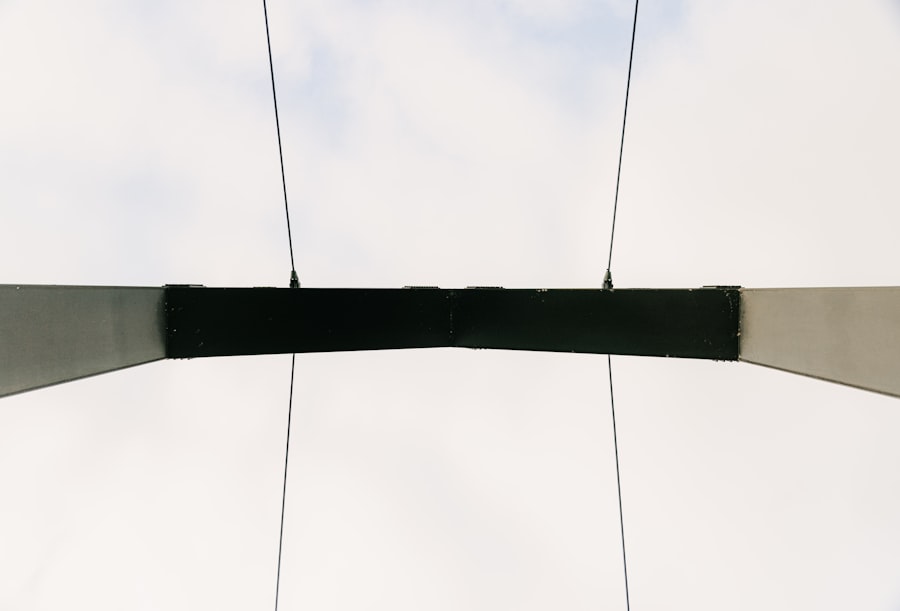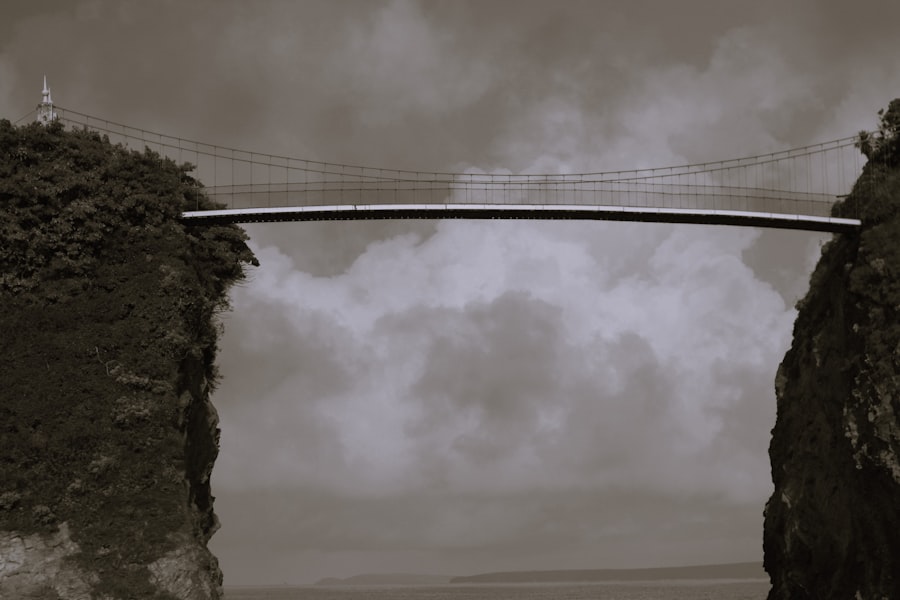The Drake Passage, a body of water that separates South America from Antarctica, is renowned for its tumultuous seas and rich marine biodiversity. Named after the English explorer Sir Francis Drake, who navigated these waters in the late 16th century, the passage has become a focal point for maritime navigation, scientific research, and ecological studies. Its unique position as a conduit between the Atlantic and Pacific Oceans makes it a critical area for understanding oceanic currents and climate patterns.
The Drake Passage is not merely a geographical feature; it is a dynamic environment that plays a significant role in global ocean circulation and climate regulation. The passage is often characterized by its unpredictable weather and rough seas, which can pose significant challenges for vessels traversing its waters. Despite these challenges, the Drake Passage has become a popular route for expedition cruises and research vessels, drawing adventurers and scientists alike.
The allure of the passage lies not only in its dramatic landscapes but also in its rich history and ecological significance. As explorers and researchers continue to study this remarkable region, the Drake Passage remains a testament to the power of nature and the enduring spirit of exploration.
Key Takeaways
- The Drake Passage is a body of water between South America’s Cape Horn and the South Shetland Islands of Antarctica, known for its turbulent seas and challenging navigation.
- The passage is characterized by strong westerly winds, large waves, and unpredictable weather, making it a significant historical and modern-day navigational challenge.
- The region is of great scientific interest due to its unique oceanographic and climatic conditions, attracting researchers and explorers from around the world.
- The Drake Passage is home to a diverse range of marine life, including whales, seals, and seabirds, making it a popular destination for wildlife enthusiasts and expedition cruises.
- Despite its challenges, the Drake Passage holds economic importance for shipping and tourism, with ongoing efforts to balance conservation and sustainable use of the area.
Geographic Location and Characteristics
Geographically, the Drake Passage is situated between Cape Horn at the southern tip of South America and the Antarctic Peninsula. It spans approximately 800 kilometers (500 miles) in width, making it one of the narrowest points of oceanic separation between two continents. The passage connects the Atlantic Ocean to the Southern Ocean, facilitating the movement of water masses and marine life between these two vast bodies of water.
The unique geography of the Drake Passage contributes to its notorious reputation for rough seas, as the confluence of ocean currents creates turbulent conditions that can be both awe-inspiring and treacherous. The characteristics of the Drake Passage are defined by its deep waters, which reach depths of over 4,000 meters (13,000 feet) in some areas. This depth allows for a diverse range of marine ecosystems to thrive, supporting an array of species from microscopic plankton to massive whales.
The passage is also influenced by the Antarctic Circumpolar Current, which flows continuously around Antarctica and plays a crucial role in regulating global climate patterns. The interaction between this current and the surrounding waters creates a dynamic environment that is constantly changing, making it an area of great interest for scientists studying oceanography and climate change.
Historical Significance

The historical significance of the Drake Passage cannot be overstated. It has served as a vital route for explorers, traders, and researchers for centuries. Sir Francis Drake’s expedition in 1578 marked one of the first recorded navigations through these waters, paving the way for future explorations of Antarctica and beyond.
Its challenging conditions tested the mettle of sailors and adventurers alike, leading to numerous tales of bravery and survival. In addition to its role in exploration, the Drake Passage has been pivotal in scientific discovery.
The early 20th century saw an increase in scientific expeditions to Antarctica, many of which relied on navigating through the passage. These expeditions contributed significantly to our understanding of polar ecosystems, glaciology, and climate science. The historical narratives surrounding the Drake Passage are rich with stories of human endeavor against nature’s formidable forces, highlighting both the challenges faced by early explorers and their contributions to our collective knowledge.
Climate and Weather Patterns
| Climate and Weather Patterns | Metrics |
|---|---|
| Temperature | Mean annual temperature, temperature range |
| Precipitation | Annual rainfall, snowfall, average precipitation |
| Wind | Wind speed, prevailing wind direction |
| Humidity | Relative humidity, dew point |
| Climate Classification | Köppen climate classification, climate zones |
The climate of the Drake Passage is characterized by its extreme variability, influenced by its geographical location and oceanic currents. The region experiences strong winds, frequent storms, and rapidly changing weather conditions that can shift from calm to chaotic within moments.
These weather patterns are driven by the interaction between cold Antarctic air masses and warmer air from the north, creating a dynamic atmosphere that can be both beautiful and perilous. Temperature variations in the Drake Passage are significant, with surface temperatures ranging from just above freezing in winter to relatively mild conditions during summer months. The presence of icebergs and sea ice further complicates navigation and weather patterns in the area.
Understanding these climatic conditions is essential for mariners and researchers alike, as they impact not only navigation but also marine ecosystems. As climate change continues to influence global weather patterns, monitoring these changes in the Drake Passage becomes increasingly important for predicting future environmental shifts.
Marine Life in the Passage
The Drake Passage is home to an astonishing diversity of marine life, making it one of the most biologically productive regions in the world’s oceans. The nutrient-rich waters support vast populations of phytoplankton, which form the base of the food web and sustain a variety of species. Krill, small crustaceans that thrive in these waters, serve as a crucial food source for larger marine animals such as seals, penguins, and whales.
The abundance of krill has made the passage a vital feeding ground for many migratory species that travel to these waters during breeding seasons. In addition to krill, the passage hosts an array of fish species, including Antarctic toothfish and various types of squid. The presence of these species attracts larger predators such as orcas and humpback whales, which can often be seen breaching or feeding in the nutrient-rich waters.
The unique combination of cold water upwellings and ocean currents creates an environment where marine life flourishes, making it an essential area for biodiversity conservation efforts. As researchers continue to study this rich ecosystem, they uncover new insights into how climate change and human activities may impact these delicate marine habitats.
Research and Scientific Exploration

Scientific exploration in the Drake Passage has yielded significant insights into oceanography, climate science, and marine biology. Researchers have long been drawn to this region due to its unique environmental conditions and its role in global ocean circulation. Numerous research expeditions have been conducted to study everything from water temperature variations to the impacts of climate change on marine ecosystems.
These studies have provided valuable data that contribute to our understanding of how ocean currents influence weather patterns worldwide. In recent years, advancements in technology have enhanced scientific exploration in the Drake Passage. The use of autonomous underwater vehicles (AUVs) and remote sensing technologies has allowed researchers to gather data more efficiently and safely than ever before.
These innovations enable scientists to monitor changes in ocean temperature, salinity, and biological productivity over time. As climate change continues to pose challenges for marine environments globally, ongoing research in the Drake Passage remains crucial for developing effective conservation strategies and understanding broader ecological trends.
Challenges of Navigating the Drake Passage
Navigating the Drake Passage presents numerous challenges due to its unpredictable weather conditions and strong currents. Mariners must contend with high winds, large waves, and rapidly changing weather patterns that can make even experienced sailors uneasy. The passage is notorious for its rough seas, which can lead to dangerous situations for vessels attempting to cross.
As a result, careful planning and preparation are essential for any expedition or commercial voyage through these waters. In addition to weather-related challenges, navigators must also be aware of icebergs and sea ice that can pose significant hazards. The presence of ice can obstruct shipping routes and create dangerous conditions for vessels that are not equipped to handle such obstacles.
As climate change alters ice patterns in polar regions, understanding these dynamics becomes increasingly important for safe navigation through the Drake Passage. Mariners must remain vigilant and adaptable to ensure safe passage through this formidable stretch of water.
Environmental Concerns and Conservation Efforts
The ecological health of the Drake Passage faces numerous threats from human activities such as overfishing, pollution, and climate change. As commercial interests expand into previously untouched areas, concerns about sustainable practices have grown significantly. Overfishing poses a particular risk to key species such as krill, which are vital for maintaining the balance of marine ecosystems in the passage.
Additionally, pollution from shipping traffic can introduce harmful substances into these pristine waters. In response to these environmental concerns, various conservation efforts have been initiated to protect the unique ecosystems within the Drake Passage. International agreements aimed at regulating fishing practices and reducing pollution have been established to safeguard marine life.
Organizations dedicated to marine conservation work tirelessly to raise awareness about the importance of preserving this fragile environment for future generations. Ongoing research into the impacts of climate change on marine ecosystems also plays a crucial role in informing conservation strategies.
Economic Importance of the Passage
The economic significance of the Drake Passage extends beyond its role as a shipping route; it also encompasses fisheries, tourism, and scientific research opportunities. The passage serves as a vital corridor for maritime trade between South America and other regions, facilitating the transport of goods across international waters. Additionally, commercial fishing operations targeting species such as krill have emerged as economically important activities within this region.
Tourism has also become an increasingly important economic driver in recent years, with expedition cruises attracting travelers eager to experience the natural beauty and wildlife of Antarctica. These cruises often pass through the Drake Passage en route to popular destinations such as Deception Island or Paradise Bay. As interest in polar tourism grows, so too does the need for sustainable practices that balance economic benefits with environmental protection.
Tourism and Expedition Cruises
Tourism in the Drake Passage has surged over recent decades as adventurers seek out unique experiences in one of Earth’s last frontiers. Expedition cruises offer travelers an opportunity to witness breathtaking landscapes while observing diverse wildlife such as whales, seals, and penguins in their natural habitats. These cruises often include educational components led by knowledgeable guides who share insights into both the ecology of the region and its historical significance.
While tourism brings economic benefits to local communities and promotes awareness about environmental issues facing polar regions, it also raises concerns about potential impacts on fragile ecosystems. Responsible tourism practices are essential to minimize disturbances to wildlife populations while ensuring that visitors leave with a greater appreciation for this remarkable environment. As demand for polar expeditions continues to grow, balancing tourism with conservation efforts will be crucial for preserving the integrity of the Drake Passage.
Future Prospects and Developments
Looking ahead, the future prospects for the Drake Passage are shaped by ongoing environmental changes and evolving human activities. Climate change poses significant challenges that could alter marine ecosystems within this region dramatically over time. As temperatures rise and ice melts at unprecedented rates, researchers anticipate shifts in species distributions and changes in oceanic currents that may impact global climate patterns.
In response to these challenges, continued scientific research will be vital for understanding how best to protect this unique environment while accommodating human interests such as shipping routes and tourism opportunities. Collaborative efforts among governments, scientists, conservation organizations, and industry stakeholders will be essential for developing sustainable practices that ensure both economic viability and ecological integrity within this remarkable stretch of water. As exploration continues into this dynamic region at Earth’s southernmost reaches—the Drake Passage remains an enduring symbol of adventure—a reminder that humanity’s quest for knowledge must go hand-in-hand with stewardship over our planet’s precious resources.
The Drake Passage is a significant body of water that serves as a natural connector between the Atlantic and Pacific Oceans, situated between the southern tip of South America and Antarctica. This passage is renowned for its challenging navigation conditions due to strong currents and unpredictable weather. For those interested in exploring more about the geographical significance and the challenges associated with the Drake Passage, a related article can be found on MyGeoQuest. You can read more about it by visiting this
